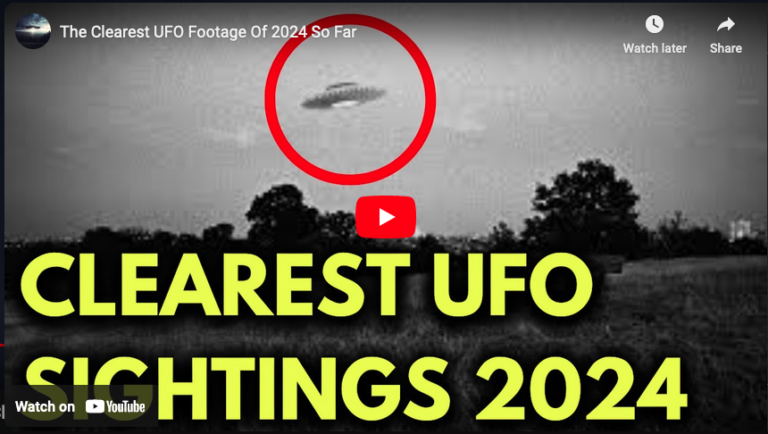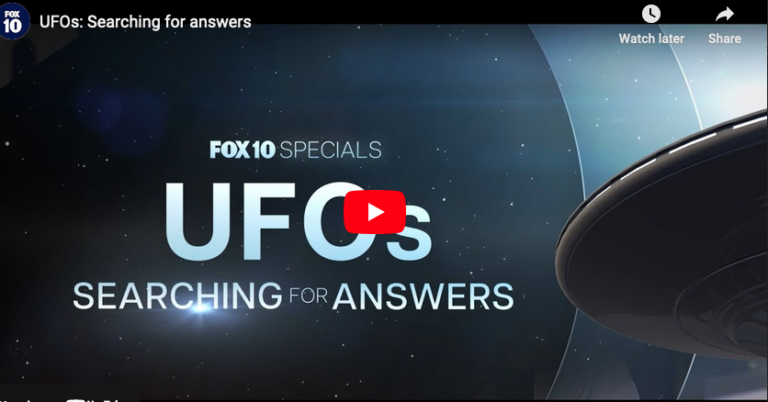Most people have heard about Area 51, the top-secret military research base in the Nevada desert that’s been at the heart of extraterrestrial lore for decades. But outside the community of UFO enthusiasts, fewer people know about Bob Lazar, the researcher and government whistle-blower who literally put Area 51 on the map.
Lazar came forward to the media in 1989 with a story about how he’d worked as a military researcher to reverse-engineer technology from recovered alien spacecraft. His explosive account generated headlines around the world and permanently affixed Area 51 in the imaginations of sci-fi fans who were entranced by his story, and in the real-world passions of a generation of flying-saucer investigators who wanted to either verify or debunk his claims.
To believers and skeptics alike, Lazar is almost a mythological figure — a man who reluctantly spoke up out of fear for his safety, became the public face of the search for aliens and high-level government secrecy, then retreated after details about his personal life and questions about his scientific credentials became fodder for news coverage.
Lazar, who in recent years had been living and working quietly in Michigan, reemerged after the filmmaker Jeremy Kenyon Lockyer Corbell convinced him to tell his story again. Corbell’s documentary, “Bob Lazar: Area 51 & Flying Saucers,” screens twice as part of Freep Film Festival this weekend. It revisits Lazar’s emergence as a public figure, reexamines Lazar’s claims and presents new pieces of evidence to corroborate his story. (It also features narrative passages read by Mickey Rourke.)
FAIR USE NOTICE: This video may contain copyrighted material. Such material is made available for educational purposes only. This constitutes a ‘fair use’ of any such copyrighted material as provided for in Title 17 U.S.C. section 107 of the US Copyright Law. Videos licensed by respective distribution services.






+ There are no comments
Add yours